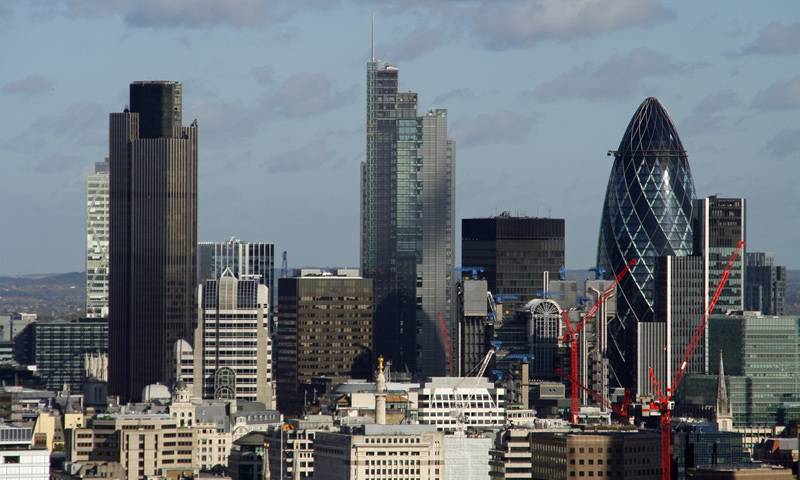High-rise office and residential buildings use more energy per square metre than low-rise.

Researchers at the UCL Energy Institute have found that electricity use per square metre of floor area is nearly two-and-a-half times greater in high-rise office buildings of 20 or more storeys, than in low-rise buildings of up to six floors. Gas use also increases with height, by around 40%. As a result, total gas-and-electricity carbon emissions from high-rise buildings are twice as high as low-rise.
The EPSRC-funded High-Rise Buildings: Energy and Density project, analysed data on energy consumption from 610 office buildings in the UK and from residential buildings in 12 London boroughs for energy consumed “in operation” (as opposed to “embodied energy”).
Professor Philip Steadman, Principal Research Associate at The Bartlett School of Energy, Environment and Resources, says the increase in carbon emissions with height is seen in buildings both with and without air conditioning. He suspects that the findings are connected to the physical and meteorological consequences of building higher:
“Air temperature decreases with height and average wind speed increases,” he says. “Taller buildings that stand up above their neighbours are more exposed to these strong winds, as well as to more hours of direct sun. Thus energy use for heating and cooling would both be increased. But these hypotheses have yet to be tested.”
The study also found that, in many circumstances, the same densities achieved by tall towers can be achieved with lower-rise slab or courtyard buildings, suggesting that energy use could be reduced by building in different forms.
 Close
Close

